The Best Way to Concealed Carry: 7 Popular CCW Options
Carrying a concealed firearm offers more than just peace of mind—it provides a sense of security, knowing you’re prepared to protect yourself and your loved ones if needed.
However, choosing the best way to conceal carry can be overwhelming with so many different ways to concealed carry.
This guide explores 7 popular concealed carry methods, helping you find the one that fits your lifestyle, enhances comfort, and ensures quick access.
7 Popular Ways To Conceal Carry
As you learn the pros and cons, and discover the best way to carry a concealed weapon, be mindful of your body type, how to dress for concealed carry, your environment, and operational constraints. This will help you optimize for scenarios you may encounter and find the concealed carry option that suits you best.
Let’s jump in.
1. Inside the Waistband (IWB): The Concealed Carry Standard
Inside the Waistband (IWB), sometimes known as the kidney carry, is the conceal carry standard where you place your firearm inside your waistband, between your clothes and skin. Depending on your frame, you’ll want your firearm to rest just over your back pocket at the 4-5 o’clock position (7-8 o’clock for lefties).
The best place to conceal carry IWB will allow your holster to mold to the natural shape of your body, making it more comfortable while reducing the risk of printing. IWB also gives some of the best retention with your clothes and body firmly holding your gun and holster in place.
Things to consider:
-
Limitations: There’s only so much you can fit between your waistband, so you won’t be able to hold larger pistols like a Beretta 92 or a CZ-75.
-
Draw: when you’re in a seated position like in your car or on a bench, it could be a challenge because you’re more limited in your range of motion.
-
Comfort: You can pretty much wear this all day, but you may want to wear larger pants so that your firearm isn’t pushing into your body.
2. Concealed Carry Made Easy: Outside the Waistband (OWB)
If you’re someone who prioritizes larger pistols or optimizes for more comfort, you may want to consider OWB concealed carry (Outside the Waistband). Instead of sitting inside your waistband, the holster rests just outside your hip at 3 o'clock (9 o’clock for lefties). This allows for a swift draw without having your hands get caught in your clothing.
Things to consider:
-
Retention: Although you’ll be more comfortable, your firearm may feel less secure since it’s not lodged between your clothes and skin. Be sure you choose a holster designed for your weapon to ensure a snug fit. We are partial to a kydex holster. Moreso than other concealed carry methods, you’ll need to be extremely cautious that people don’t bump into you if you are in a crowded place.
-
Printing: If you want your firearm to remain concealed while outside the waistband, you’ll have to limit your wardrobe. In colder months, jackets and vests make concealing a lot easier compared to a t-shirt and shorts in the warmer months. Viktos makes great jackets with passthrough pockets to assist with concealed carry.
3. Pocket Holster: Ensure Safety with the Proper Holster
“Why would you need a holster in your pocket?” Having a holster ensures a nice smooth draw, protecting the trigger and preventing your hand or gun from getting caught on any of your garments causing an accidental discharge. Pocket concealed carry with pocket holster also grants a bit more concealability, simply because people expect your pockets to be full.
Things to consider:
-
Front or back pocket: It all comes down to personal preference. Both are pretty comfortable, but because your front pockets are horizontal, it could be a bit easier to access; however, if you’re sitting, drawing from the back may be quicker because there’s more clear movement on the way up.
-
Type of holster: If you choose to concealed carry in pocket, be sure to invest in a high-quality pocket holster with hooks at the top and bottom. These hooks provide more stability on the draw because it latches onto the fabric in your pocket.
-
Speed: Compared to something like OWB, drawing will be slightly slower because you have to reach slightly lower into your pocket.
4. Covered and Convenient: Shoulder Holster Concealment
If you’ve ever seen movies like Miami Vice or Die Hard, this is the holster Sonny and John McClane use. Aside from looking cool, are there benefits of a concealed carry shoulder holster? Are shoulder holsters good for concealed carry?
Most people find that having a firearm positioned just under the arm is a lot more comfortable and flexible compared to other methods of carry. This could be good for wearing around the house, having a BBQ or even long road trips– where you’ll have better access instead of reaching to your waistband.
Things to consider:
-
Concealment: Concealment could be tricky, but you can overcome this by finding an over garment with extra room for your firearm, or something more billowy. You also have to consider the type of rig and size of the gun. For a smaller firearm, a horizontal rig would conceal well, but for something larger, a vertical rig would perform better.
-
Draw: for people with limited movement (such as those in a wheelchair), this could be easier to draw than from the waist because there’s more flexibility.
-
Practice: If you’re used to drawing from the waist, this will probably take some getting used to.
5. Ankle Holster: Subtle and Secure
A concealed carry ankle holster is great as a second backup or if you have to be seated for long periods of time. With long pants, concealability is really good, but the draw could be slow since you have to roll up your pants before accessing your firearm. You may also find ankle concealed carry uncomfortable, as you’re carrying extra weight around your ankle all day.
Things to consider:
-
Retention: the most important thing for an ankle holster is getting one that firmly secures onto your ankle. Double strap ankle holsters are great for this because it provides extra support, making sure your gun doesn’t get loose.
-
Practice: like the shoulder holster, because you’re using different neurological pathways (muscle memory), you’ll need more practice compared to drawing from your waist.
6. The Small of Back (SOB): Concealed Carry Option
At the 5-6 o’clock position, the small of back concealed carry holster can be more dangerous than other options but it also provides a unique benefit. While being fairly concealable and comfortable standing up, you may see more printing when sitting, along with greater discomfort than different types of concealed carry. If you have small arms, you may also find it challenging to re-holster, having to reach around your back.
Things to consider:
-
Safety: because your gun is pushed up against your lower spine, there’s a higher chance of injury if you fall on your back.
-
Stealth: This position provides something others don’t – the ability for your off hand to easily access your firearm. If your dominant hand is occupied, your off hand can quickly and subtly grab hold of your firearm.
-
Speed: This method is a bit awkward and can be slow.
7. Appendix Carry: Understanding the Controversy
Appendix concealed carry, worn at the 1-2 o’clock position (10-11 o’clock for lefties) has the reputation of being “unsafe” because it points directly at your femoral artery. But how true is this?
The truth is, if you have the right skills and equipment, with the proper amount of practice, a concealed carry appendix setups can be one of the safest and most optimal ways to carry. You’ll have better control, it’s easily concealable and allows for a quick draw. The reason this is seen as unsafe is the smaller room for error, so how can you minimize risk?
-
A lot of the danger comes when re-holstering because of the multiple layers of clothing you have to clear. You should make sure your pants, belt and shirt are all set in a way so when you clear your garment, there’s a clear opening when you reinsert your gun. Something like an everyday armor shirt is a good way to seamlessly protect yourself without getting in the way of appendix carry.
-
A muzzle wedge or body contour on the gun also helps, so that the barrel is pointed away from you when you holster your gun. If you don’t have this, you can take a step back and move your hips forward to change the angle of the holster away from you.
-
You also need to make sure your draws are swift and deliberate in order to reduce friction in your jeans. The best way to do this is practice, just as you would with other concealed carry types.
What is the Best Way to Carry a Concealed Weapon?
There’s no one-size-fits-all answer when it comes to the best concealed carry method. It depends on factors like your lifestyle, wardrobe, daily activities, and personal comfort. Whether you prefer IWB, OWB, pocket carry, or appendix carry, experimenting with different setups helps you find what works best for you.
If you’re looking for something more concealable, maybe look into a pocket holster. If you want to carry another backup, try an ankle holster. If you want to optimize flexibility, you may like a shoulder holster. If you’re new to this, you can’t go wrong with IWB or OWB. And if you’re more experienced, maybe give appendix a try. With so many types of concealed carry, you can try several to see what works best for you.
How to Increase Your Personal Protection Beyond CCW with Body Armor
We love to think about things like draw speed and ergonomics, but oftentimes threats arrive with little to no warning. How can you maximize your overall safety even when you aren’t in control?
We like to think that the best way to CCW is to employ a more holistic approach, so no matter what you feel is the best concealed carry position, you always have an advantage over the threat.
Prepare for situations like this, with everyday body armor that fits into your normal lifestyle, and makes the holster and re-holster process safe and easy. Armor is an easy way to give yourself an advantage in a threatening situation, and Premier Body Armor offers a variety of solutions so you can find armor that works with you, the way you want.
From backpack inserts to concealable vests, find the perfect CCW accessory for your daily grind.

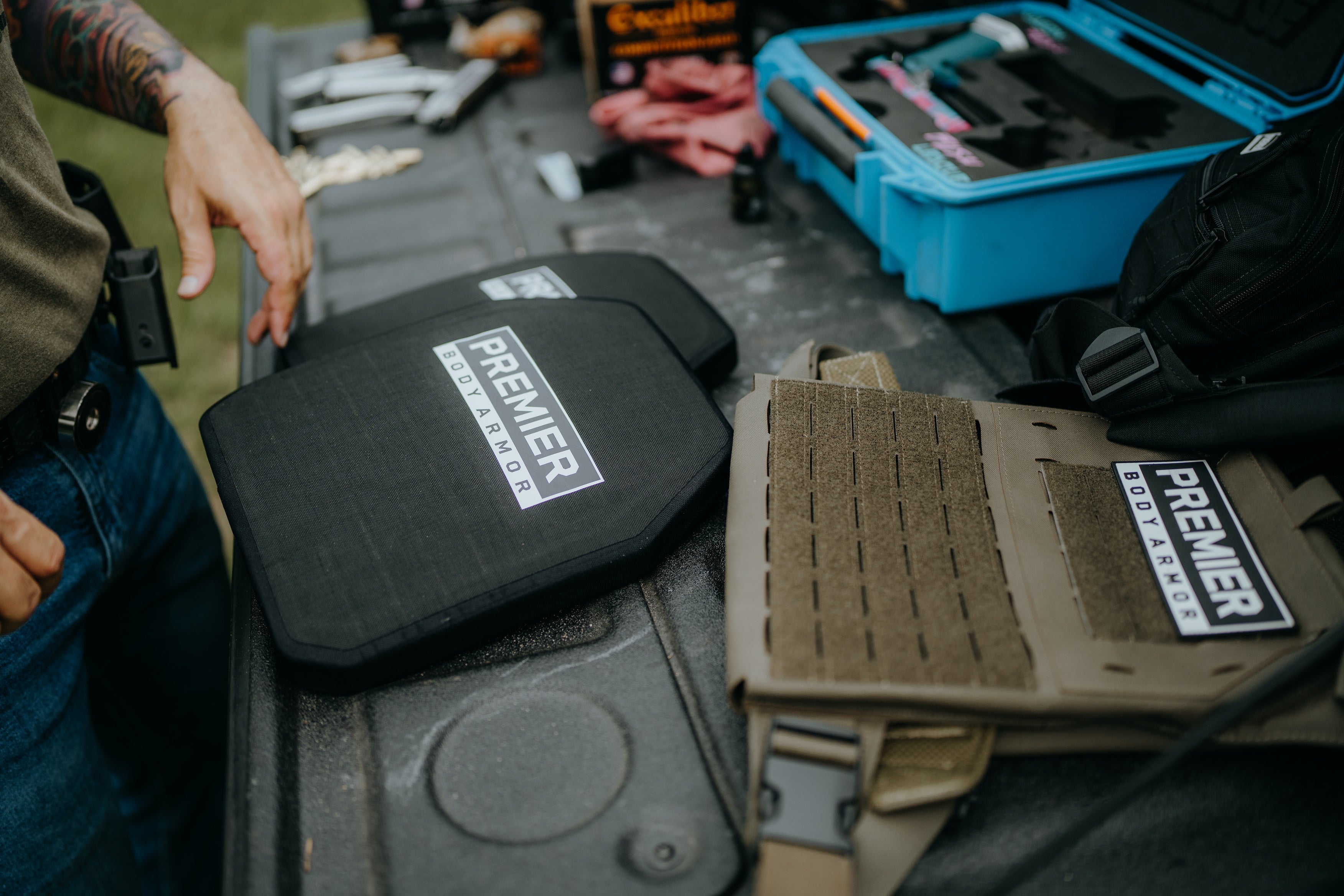
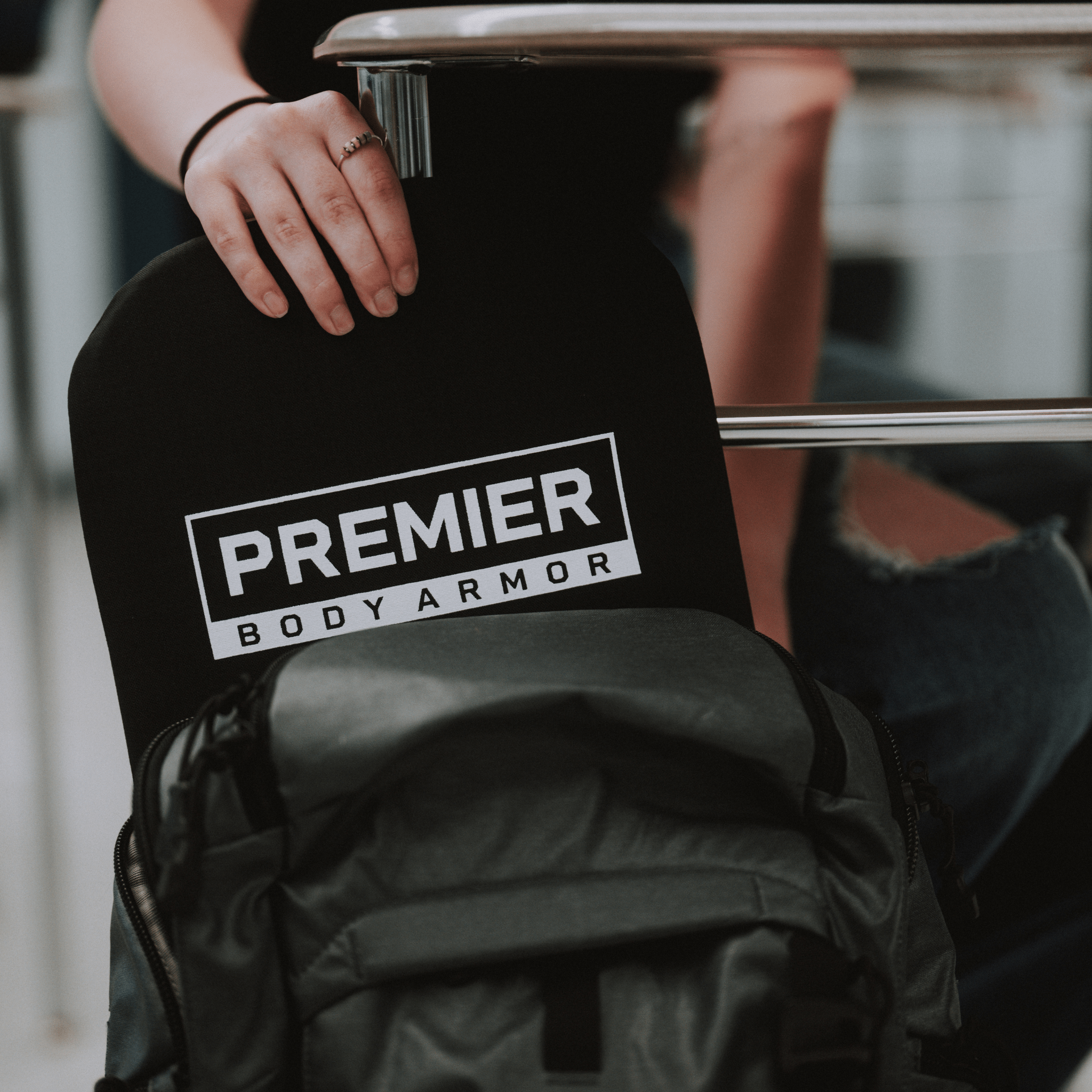
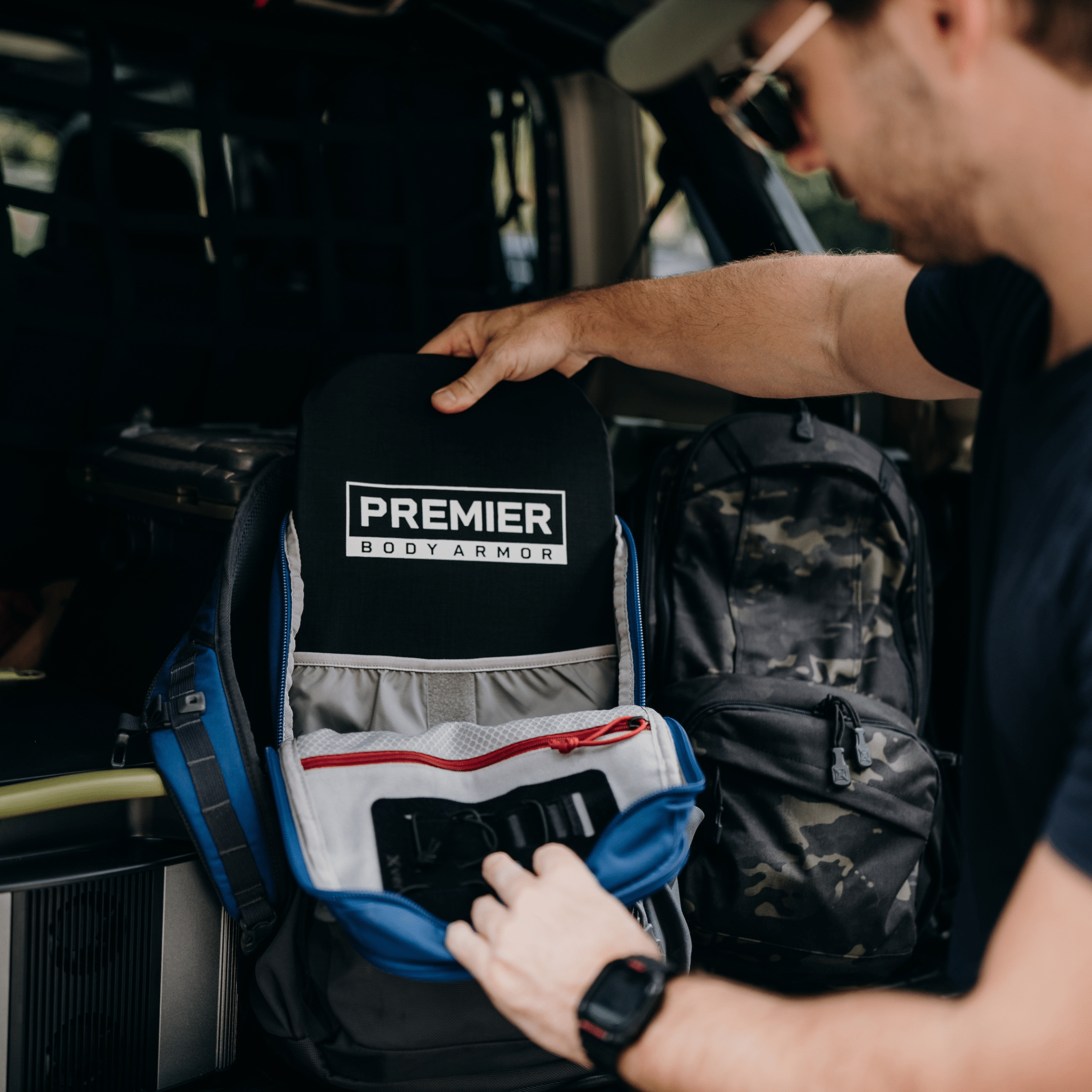
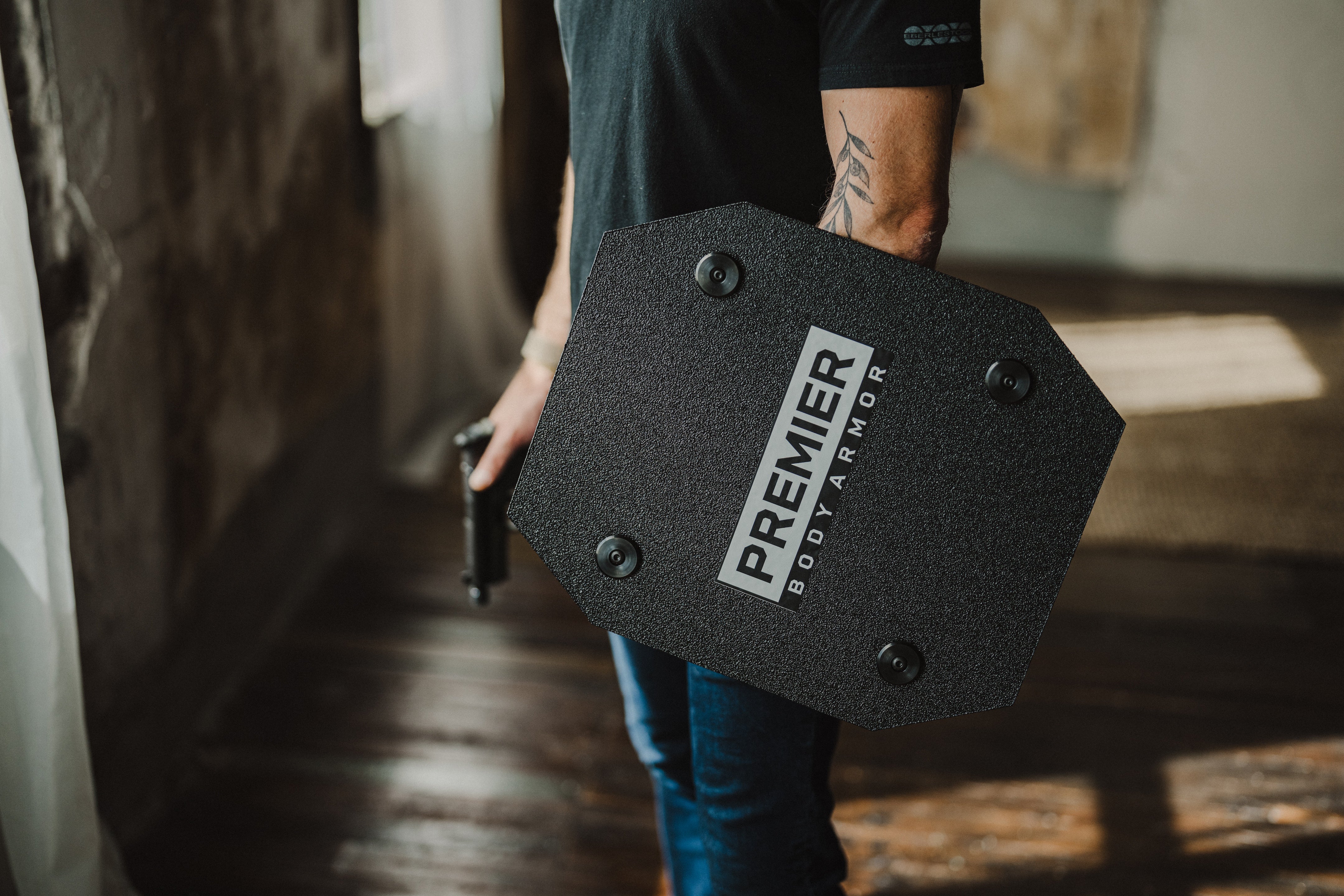




What about a women wanting to carrying it her purse.
I love shoulder hostlers, well made leather shoulder hostlers with , extra magazine holsters.
Leave a comment